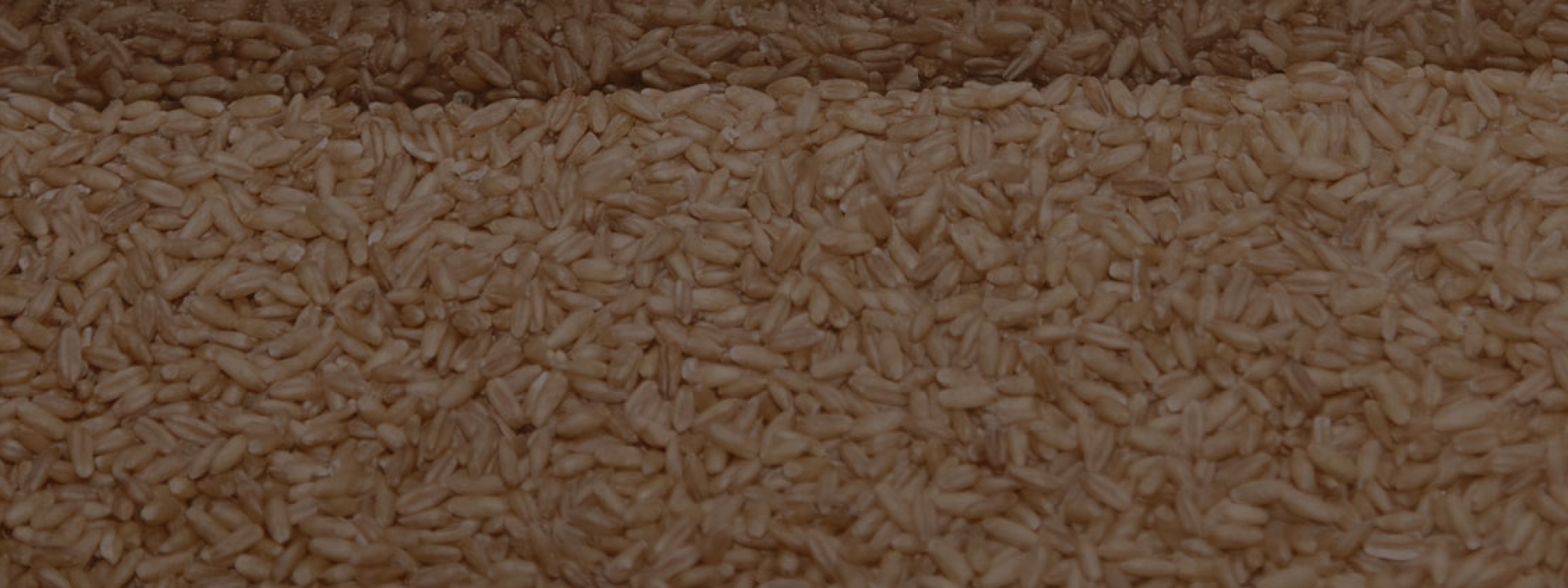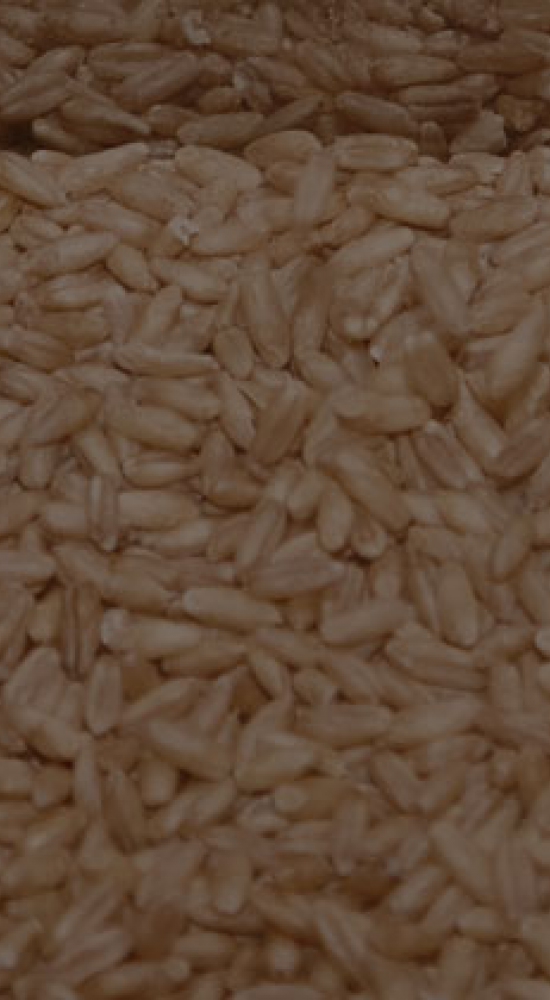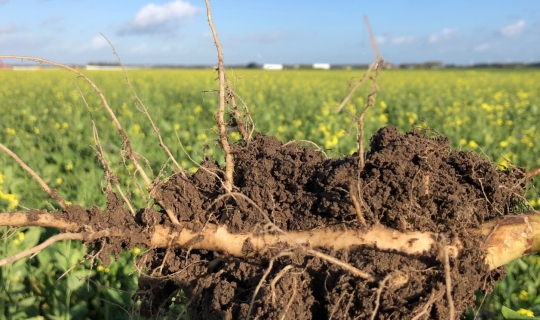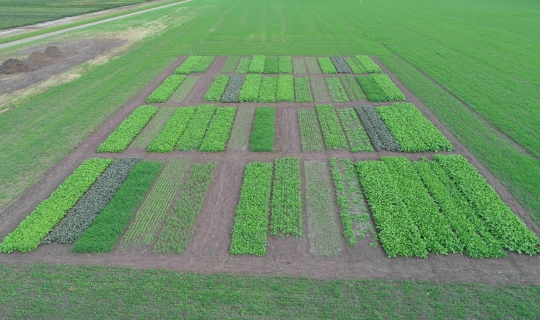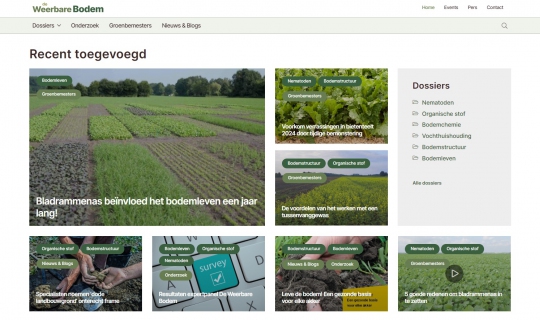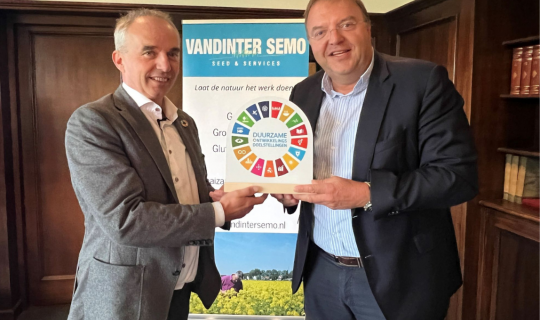Vandinter Semo has a reputation when it comes to green manures. However, over the years, we have built up a unique knowledge about a range of crops that we very disrespectfully call ‘other crops’. Not because we think they are less important. But simply because we do not know how best to classify them. Therefore, we would still request your attention for our forage grasses, turf grasses, corn, quinoa, leafy turnip and fibre hemp.
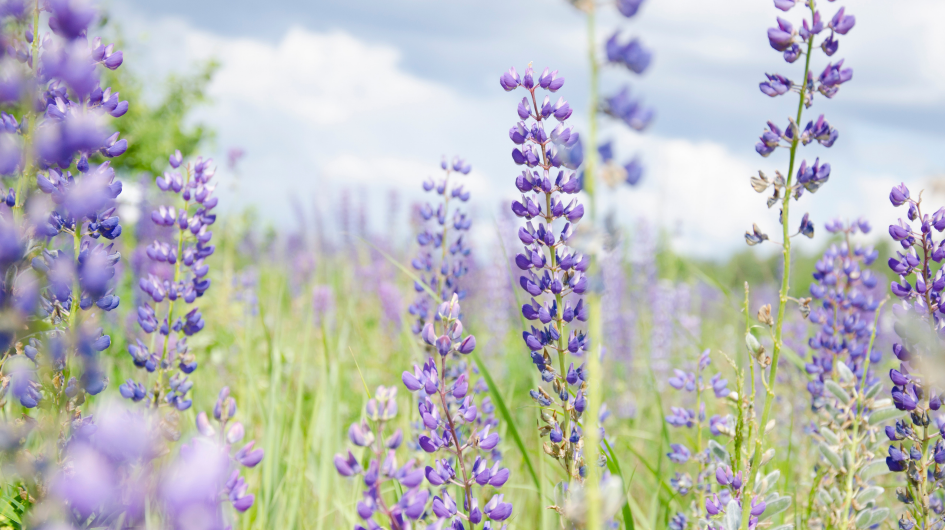
Maize silage
Vandinter Semo selects maize varieties for various European maize breeding companies. The unique Dutch climate places high demands on maize varieties. Earliness, firmness and high starch content are of particular importance.
The Dutch cattle farmer is very critical when it comes to sowing maize varieties. Contract workers and advisers play an important role in the choice of maize varieties. Vandinter Semo knows this market and responds to it. Every year, we screen dozens of new varieties. Only the very best varieties are brought onto the market. Maize silage growers know us from the MOKKA maize variety, a mid-early maize variety. In 2020, Vandinter Semo expects to be on the market again with material that is worthy of the varieties catalogue.
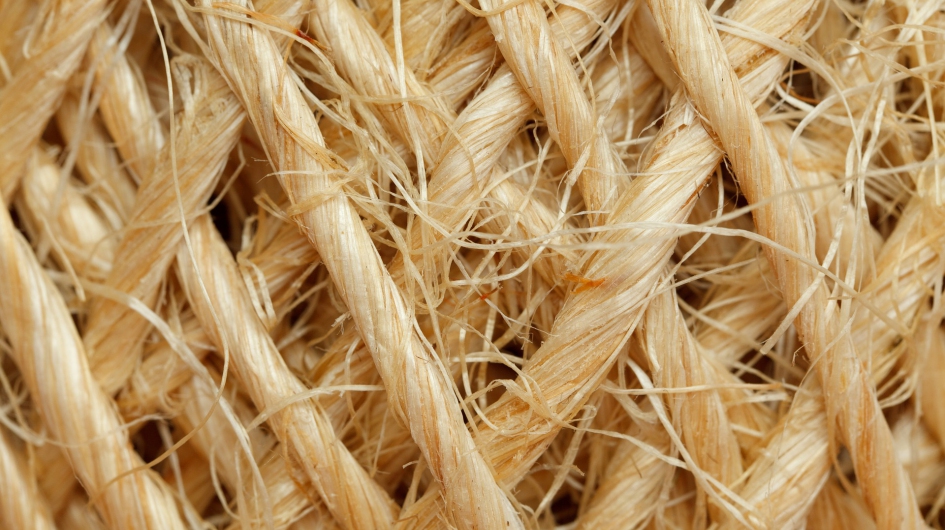
Fibre hemp
Hemp is a relative of the hemp plant (Cannabis sativa) and is cultivated for its fibres. It is possible to process fibre hemp into wood core and bast fibre. The bast fibre is processed into raw material for paper and textile industries and is suitable as a composite material for car interiors. Wood core is processed into bedding for, amongst others, horse stables. You can also find fibre hemp in food products and animal feed.
...more about fibre hemp
The cultivation of fibre hemp notably takes place in North Groningen and in the peat colonies in Drenthe. Hemp produces significantly better results on clay soil than on sandy soil. Fibre hemp has a strong and deep root system, this certainly benefits the structure of the soil.


